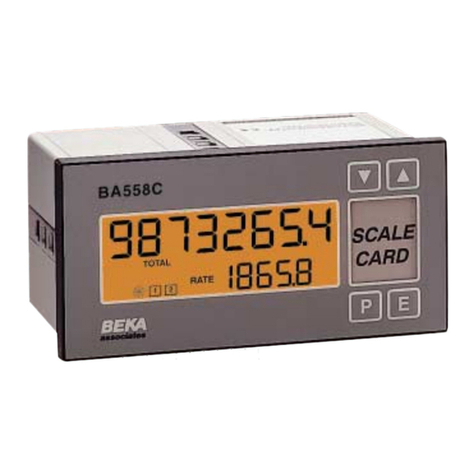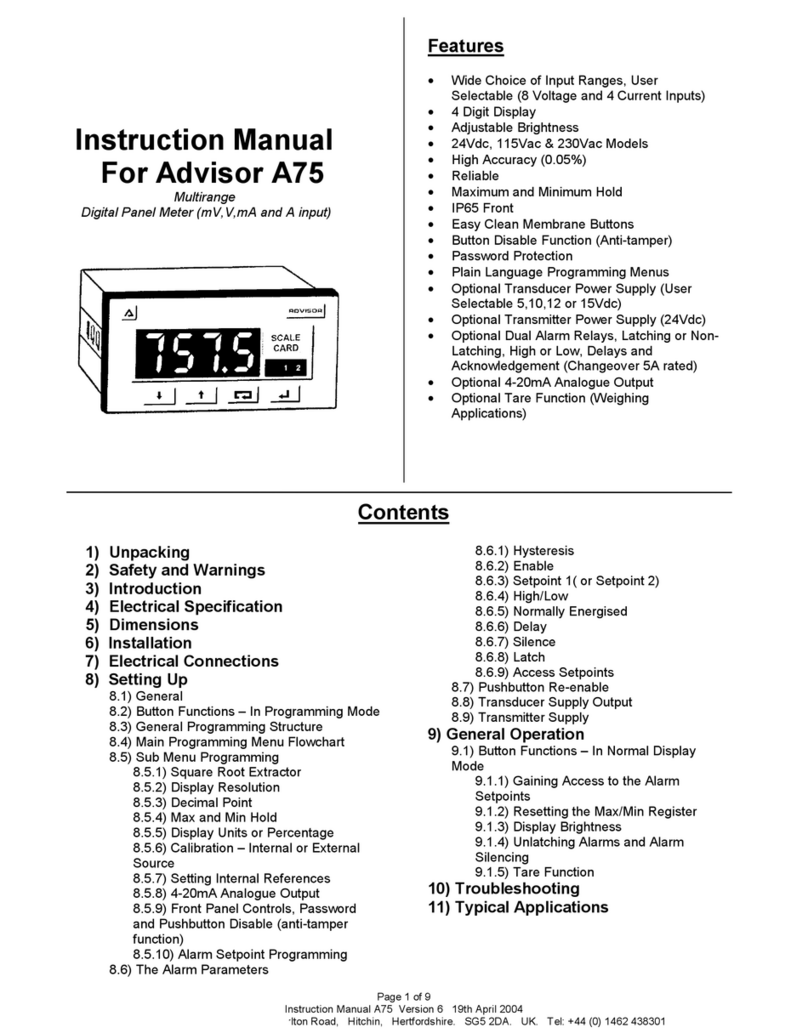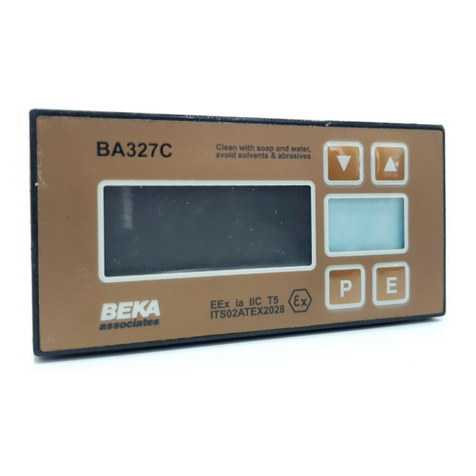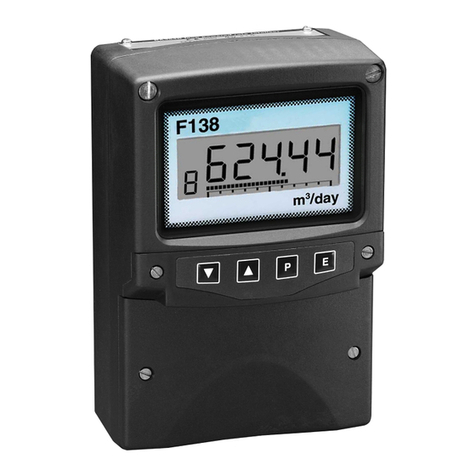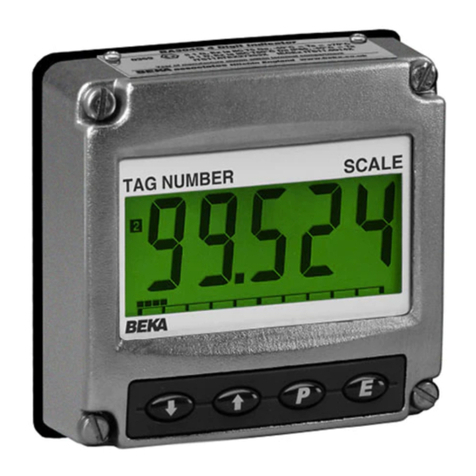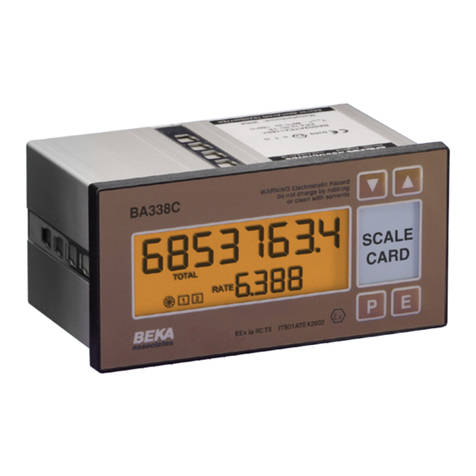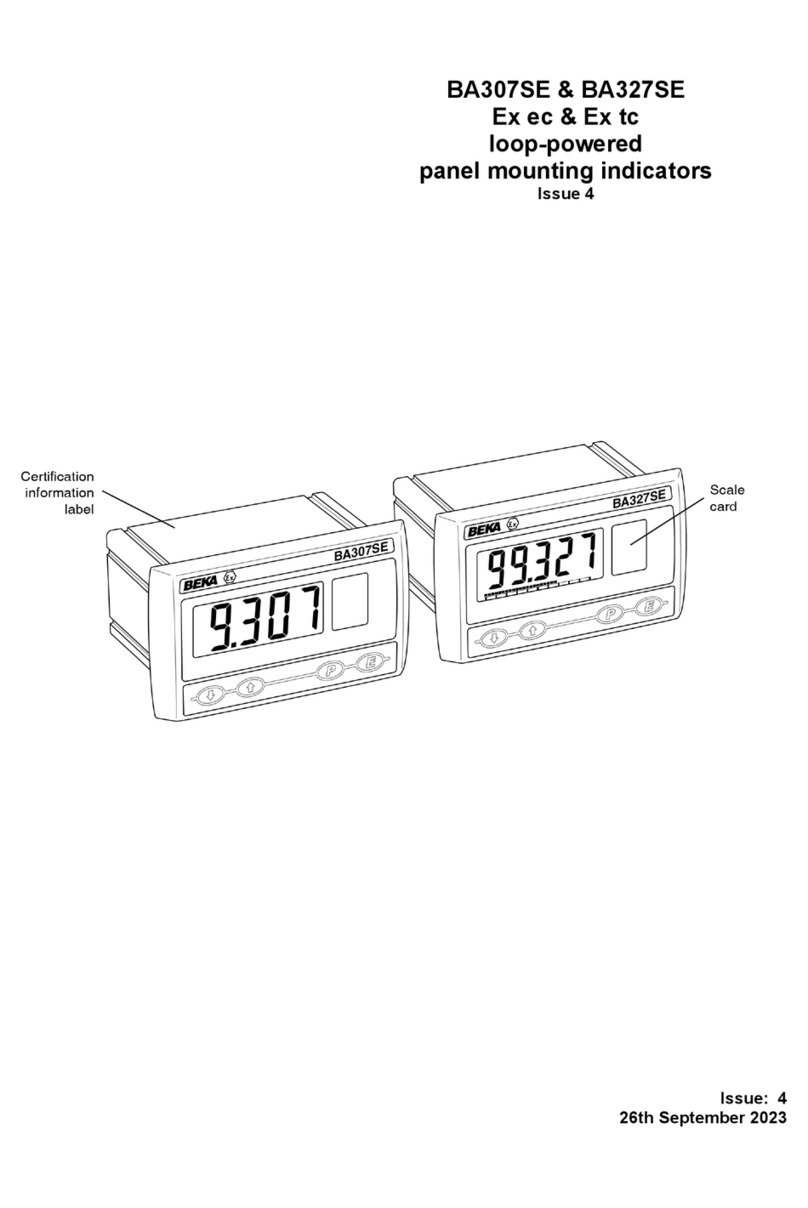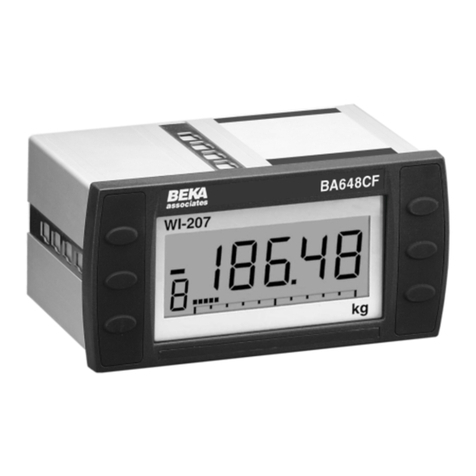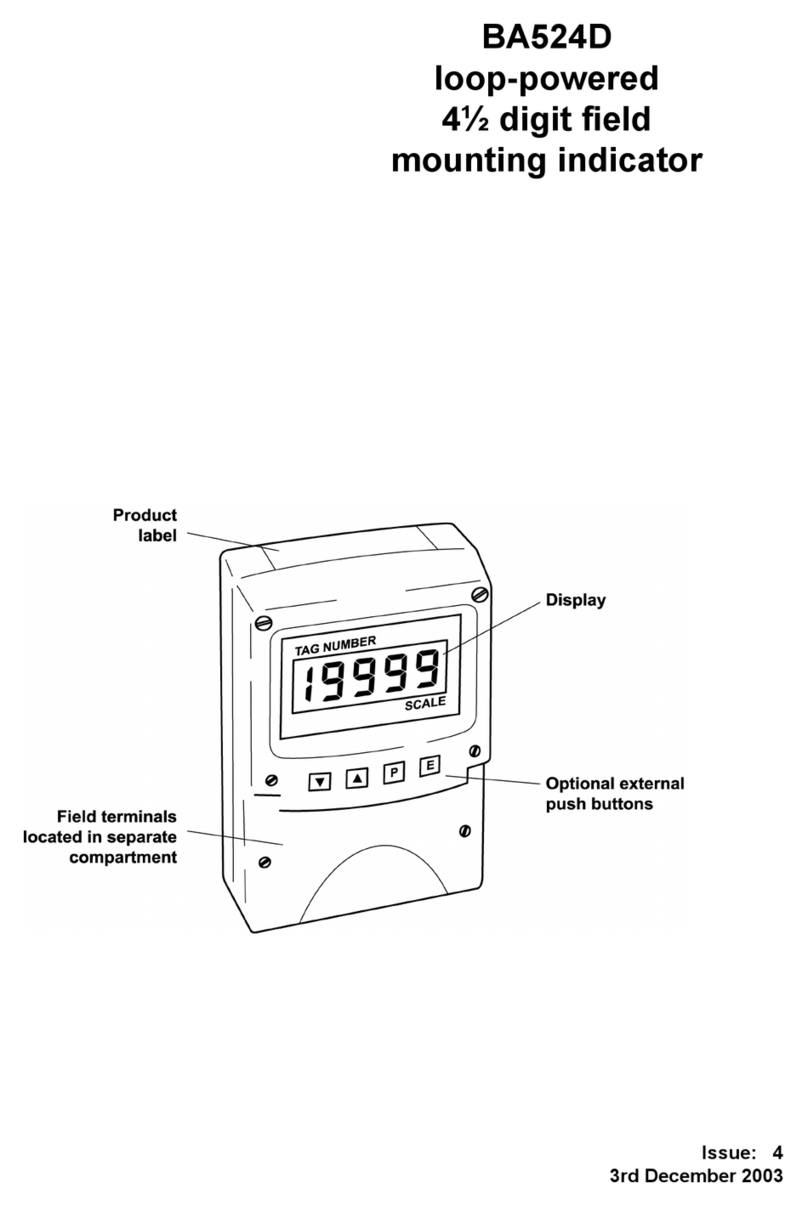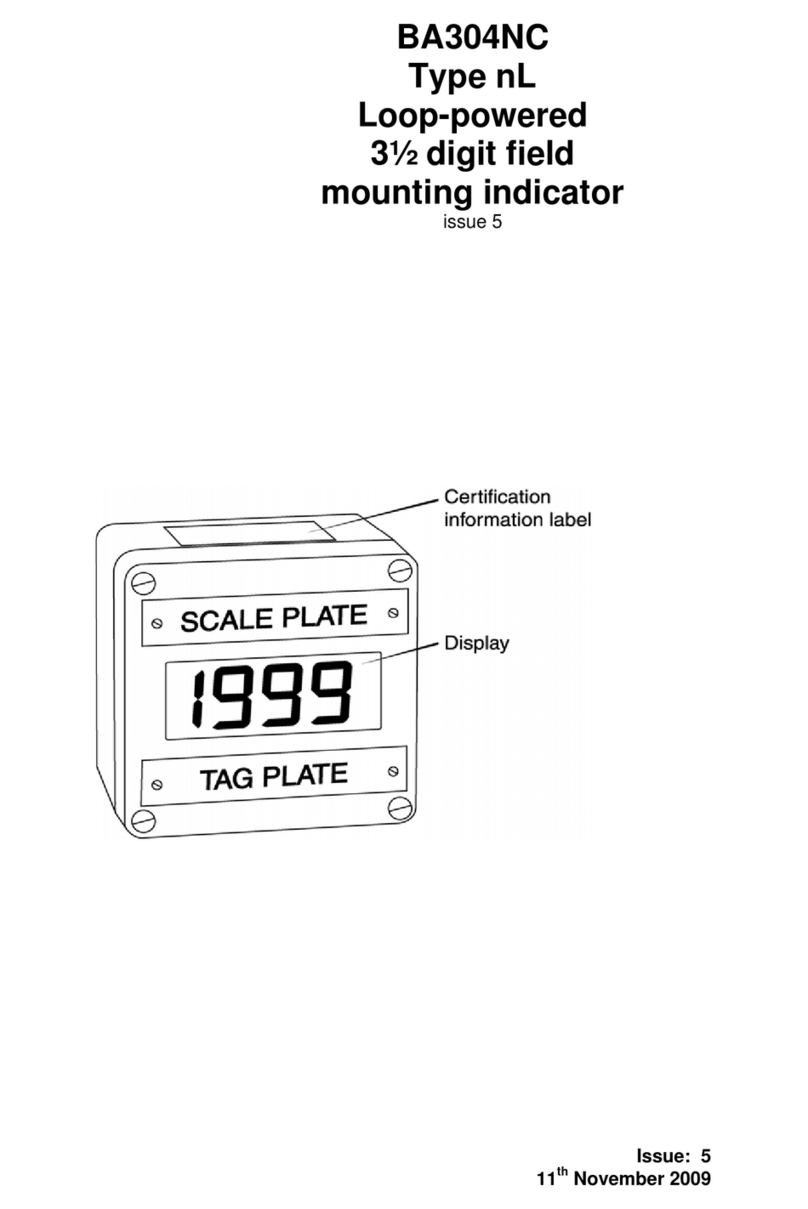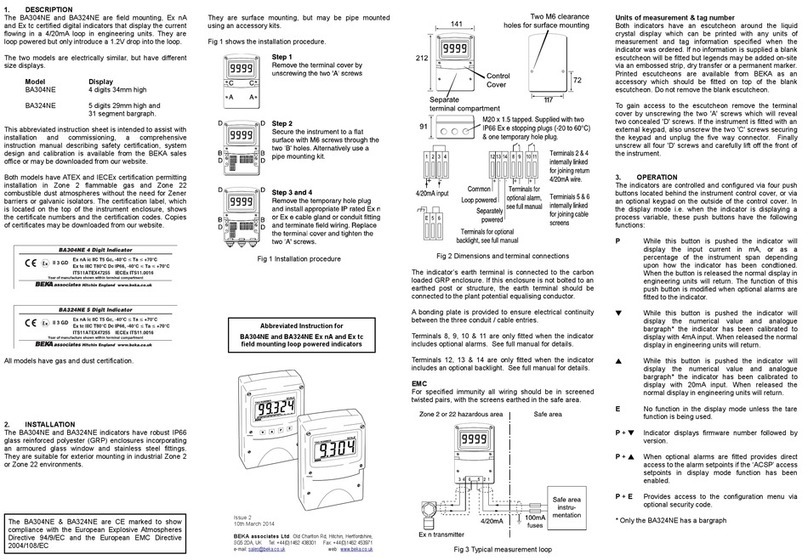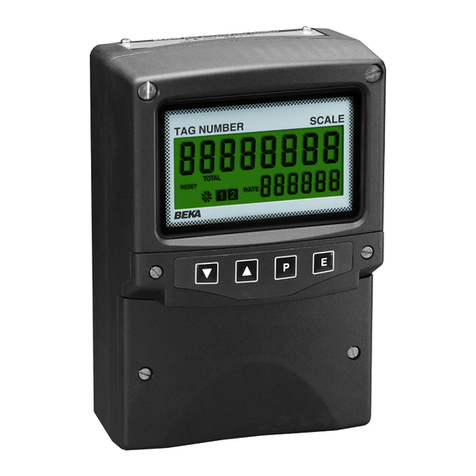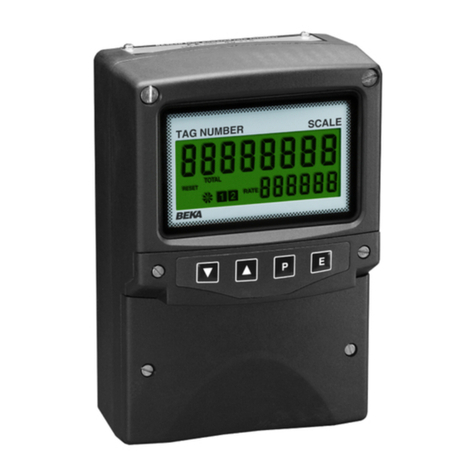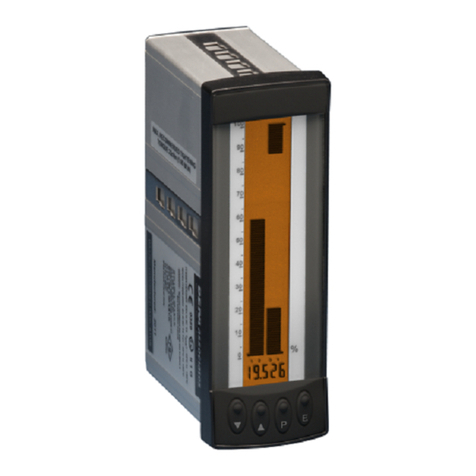
5
2. CERTIFICATION
The BA374NG has ATEX and IECEx Ex nA gas and
Ex tc dust certification. The main sections of this
instruction manual describes ATEX gas certification.
ATEX dust certification is described in Appendix 1
and IECEx gas and dust certification in Appendix 2.
For applications in the USA and Canada the
BA374NG also has ETL and cETL which are
described Appendix 3.
The certification of the BA374NG is unaffected by
whether it is configured as a Timer or as a Clock.
2.1 ATEX Ex nA certification
Notified Body Intertek Testing and Certification Ltd
have issued the BA374NG with a Type Examination
Certificate number ITS16ATEX48409X. This has
been used to confirm compliance with the European
ATEX Directive for Group II, Category 3G
equipment. The instrument carries the Community
Mark and, subject to local codes of practice, may be
installed in any of the European Economic Area
(EEA) member countries and in the EEA EFTA
states, Iceland, Liechtenstein and Norway. ATEX
certificates are also acceptable in Switzerland and
Turkey. The European Commission's Blue Guide
lists the member states, overseas countries and
territories that have adopted harmonisation
legislation.
This section of the instruction manual describes
ATEX Ex nA installations in explosive gas
atmospheres conforming with EN 60079-14
Electrical installations design, selection and erection.
When designing systems for installation outside the
UK the local Code of Practice should be consulted.
2.2 Zones, gas groups and T rating
The Timer or Clock has been certified as Group II
Category 3G Ex ic nA IIC T5 Gc, Ta = -40 to +60°C
apparatus. This is non-sparking apparatus
complying with EN 60079-15 Equipment protection
by type of protection 'n' that minimises the risk of
arcs or sparks capable of creating an ignition hazard
occurring during conditions of normal operation.
The Timer or Clock's front panel push button
contacts are non incendive and have been certified
intrinsically safe Ex ic as shown on the Type
Examination Certificate. This allows the Timer or
Clock to be adjusted and configured live when
installed in Zone 2.
When connected to a suitable system the BA374NG
Timer or Clock may be installed in:
Zone 2 explosive gas air mixture not
likely to occur, and if it does
will only exist for a short time.
Be used with gases in groups:
Group A propane
Group B ethylene
Group C hydrogen
In gases that may safely be used with equipment
having a temperature classification of:
T1 450oC
T2 300oC
T3 200oC
T4 135oC
T5 100oC
At ambient temperatures between -40 and +60oC.
This allows use with all commonly used industrial
gases except carbon disulphide CS2.
2.3 Safety parameters
The certificate specifies input safety parameters in
normal operation i.e. without faults for all the
instrument terminals. Where only a voltage or only
a current is specified, the unspecified parameter will
be defined by components within the BA374NG.
2.4 Special conditions for safe use
The Ex nA certificate has an ‘X’ suffix indicating that
the certificate defines special conditions for safe
use. These state that the BA374NG Timer or Clock
should be:
a. Supplied from a limited energy circuit with
output parameters in normal operation equal
to, or less than the instrument’s input
parameters. The certificate states that It is
not necessary to power the instrument from
an intrinsically safe interface, such as a
certified shunt diode safety barrier or a
galvanic isolator to comply with this
requirement.
b. Fitted with cable entry glands or conduit
fittings which maintain the impact and ingress
protection of the enclosure. Certified Ex e or
Ex n components satisfy these requirements.
The BA374NG is supplied fitted with one
certified M20 stopping plug and one
temporary hole plug which should be replaced
with the required gland or conduit fitting.

